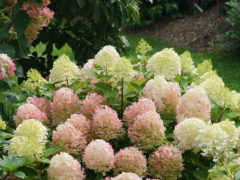
‘Fire Light Tidbit’ hydrangea
Hydrangea paniculata
The most compact panicle hydrangea, this shrub tops out at just 2 to 3′ tall … Continued
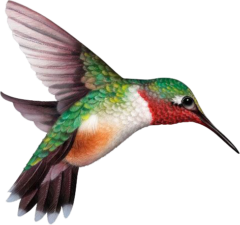 Hummingbirds, bees and butterflies are well-known pollinators, but there are thousands of unsung pollinator heroes, including moths, wasps, flies, and beetles, many mammals, birds, and reptiles, who also take on the job.
Hummingbirds, bees and butterflies are well-known pollinators, but there are thousands of unsung pollinator heroes, including moths, wasps, flies, and beetles, many mammals, birds, and reptiles, who also take on the job.
Pollinators move from plant to plant, fueling up with pollen and nectar from blooming trees, shrubs, perennials, annuals, vegetable plants, and herbs. As they move, the pollinators transport and deposit pollen, fertilizing plants and allowing them to reproduce.
Pollinator plants can be native and non-native, but not all flowering plants are equal when it comes to providing the highest quality protein-rich pollen. Many hybrids don’t even produce pollen at all. The following list includes pollen-rich plants to include in your garden to provide pollinators with food.
Local butterfly expert Lenora Larson has created these informational handouts. You can download them here!
• Butterflies: Flying Flowers in your Garden!
• A Vital Connection: Native Plants and Butterflies
• Long Lips Farm Caterpillar Foodplants
• Butterfly Bartending: Nectar Flowers
• Long Lips Farm: Selected Butterfly Nectar Flowers
• Bee Friendly: Plants for Bees and Other Pollinators
Since 1970 the population of North American birds has dropped nearly 30% — almost three billion birds have vanished from our forests, grasslands, and backyards in less than a human lifetime. It’s a chilling fact that makes it clear that we must act as individuals to help ensure their survival.
Most importantly, ninety-six percent of all terrestrial bird species rear their young on insects so it is also important to grow plants that feed insects to provide a well-rounded habitat in your garden.
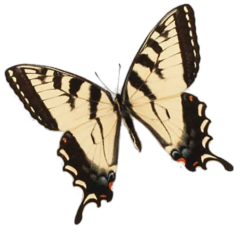

Hydrangea paniculata
The most compact panicle hydrangea, this shrub tops out at just 2 to 3′ tall … Continued
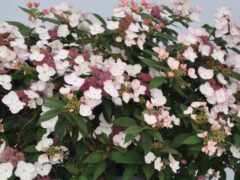
Hydrangea spp Hyp.
Game Changer Picotee has been developed to bloom earlier and longer than most. Lacecap blossoms … Continued
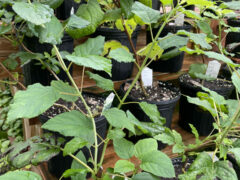
Hydrangea arborescens 'Haas' Halo'
This remarkable lacecap hydrangea produces giant blooms up to 14″ wide! A favorite of pollinators, … Continued
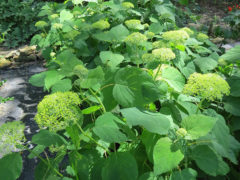
Hydrangea arborescens 'Annabelle'
Naturally occurring cultivar, native from New York to Florida west to Iowa, Missouri, Oklahoma and … Continued
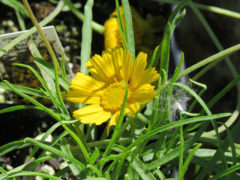
Tetraneuris {Hymenoxys} scaposa 'Prairie Sunshine'
Bright yellow 1″ flowers on leafless stems have one of the longest blooming seasons of … Continued
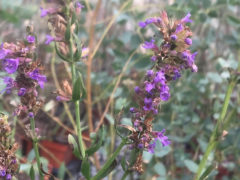
Hyssopus officinalis
Attracts bees, hummingbirds and butterflies, plants grow 1-2′ tall. This ancient herb has been used … Continued
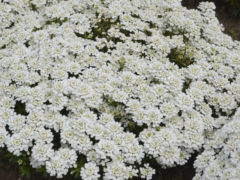
Iberis sempervirens 'Autumn Snow'
An heirloom favorite, candytuft is a charming plant with excellent drought tolerance. It makes a … Continued
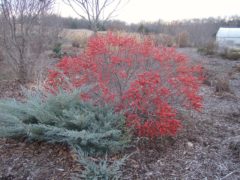
Ilex verticillata
A profusion of striking bright red berries will stop you in your tracks on your … Continued
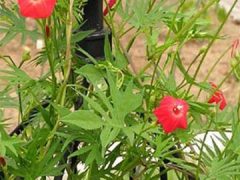
Ipomoea x multifida
Large, glossy green leaves with fingers have a fantastic tropical palm-like look. Vigorous growing vines … Continued
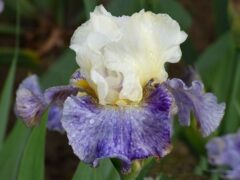
Iris germanica 'Purple and White'
Large, showy flowers of purple with white open late spring to early summer. Heirloom plants … Continued
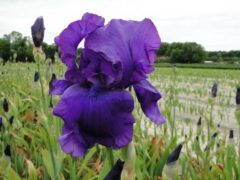
Iris germanica ‘Matinata’
8-10 deep purple flowers per plant — makes an excellent cutting flower. Like most bearded … Continued
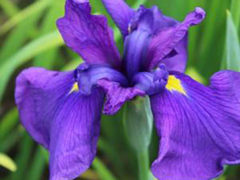
Iris versicolor
Grow in medium to wet soils in full sun to part shade. This iris may … Continued